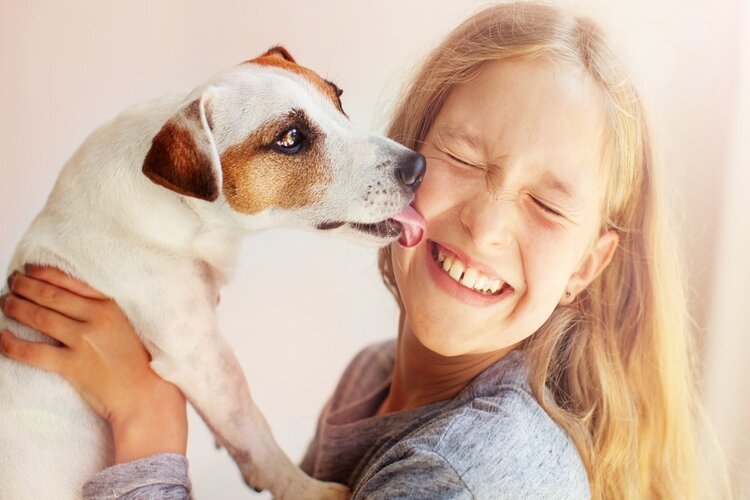
Mar 6, 2019
Helping Pets with Allergies: Symptoms & Treatment
Try and recall the last time you had a seasonal allergy. The blocked nose, the drowsiness, the itchy skin - it's enough to make you want to hibernate for months at a time.
What we often forget though, is that allergies aren't just a human thing. Our pets can also feel the irritation of allergies - but they're much less able to do anything to help treat it.
It's up to you to help your pets through the sniffly seasons so it's good to have at least some basic knowledge as to what to do.
Signs that your pet has an allergy
Identifying signs of an allergy in the people around you is easy. A hint of dust or dander turns them into sniffly, spluttering messes. They may also outright tell you about all the things they have to avoid when spring and summer roll around.
But pets can't speak your language, so it's much harder to spot when something's not quite right.
If you notice one of the following things on your furry friend, they might have an allergy:
- Excessive scratching
- Biting itchy areas of body
- Obsessive rubbing against a wall, furniture, carpet or any other surface
- Hair loss
- Inflamed skin
- Runny nose
- Watery eyes
You know your pet better than anybody so, if little Molly is acting or feeling a bit out of the ordinary, it could be a sign she's having an allergic reaction.
If you're unsure or worried at all, contact your local vet.
How to help a pet that has an allergy?
1. Bathe them
Despite how much your pet might hate the thought of a shower or bath, bathing is crucial to clean off the allergens that can cause problems.
How to bathe a pet?
If you choose to bathe them in a bathtub, you might want to place a towel at the bottom (without blocking the drain) to make sure your four-legged friend doesn't slip.
Otherwise, if the weather is warm enough, play around with a garden hose - some dogs absolutely love this! Use an oatmeal-free shampoo or one specifically made for sensitive animal skin.
2. Change the walking routine (for dogs)
Most of us prefer to take our dogs out for a walk in the morning or late afternoon. Unfortunately, these are also the times when there's a high amount of pollen in the environment. If your pet is suffering from an allergy, it's better to stay home during these periods.
If your pet is prone to the seasonal sniffles and scratches, then it's best to avoid areas that may have high levels of pollen. That can include places like parks, fields, and gardens - so best bet may be to head to the beach!
When you return home after an energising walk, you might want to give your furry friend a clean (especially their paws), with a damp towel or a hypoallergenic wipe.
3. Keep your house clean
When you have kids or pets at home, cleaning is no longer just a chore - it's a responsibility.
It can get really humid here in New Zealand sometimes; that's why you should keep the humidity in your home in check using a dehumidifier. Less humidity means fewer chances of mould, which can trigger allergies. Keeping your pets out of the humid spots in your home, such as bathrooms, can be helpful too.
Vacuuming your home is really important, especially if you have a lot of rugs and carpets that can collect dust and pollen.
You can also take it a step further by deep cleaning your carpets with the Rug Doctor machine to ensure your carpets are free from dust, stains or germs. The best part is, this can this done for less than $100.
Easily find your nearest Rug Doctor machine using our store locator below.
Deep clean your carpet now using these 4 easy steps:
- Click on the store locator below
- Find your nearest store
- Rent a Rug Doctor Machine
- Bring that bad boy home and put it in action
Make sure to also check out our Ultimate Guide to Owning a Pet: Everything you need to know.